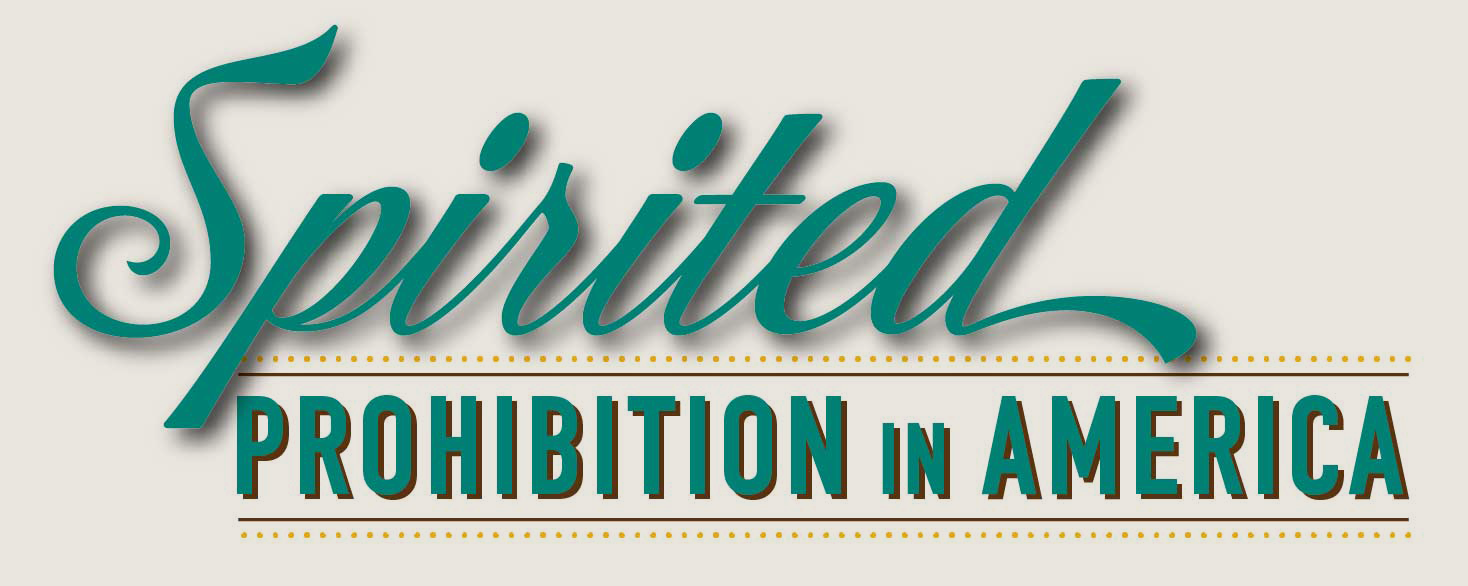In early America, daily consumption of alcoholic beverages at every meal, and oftentimes in between, was commonplace. The year 1830 found Americans drinking more alcohol than in any single year since— the equivalent of 90 bottles of 80-proof liquor for every adult, an amount three times greater than the current national average.
Religious piety also dominated the movement against liquor. The Anti-Saloon League (ASL), formed in 1893 and led entirely by Protestant ministers, pushed the cause from encouraging individual moderation to advocating for the legal prohibition of alcohol. By 1910, the ASL had achieved its first victories with statewide bans on alcohol and was well on its way to becoming the most effective political pressure group in American history.
Temperance organizations arose to combat the issue. Women led the charge and for good reason: with few legal rights, they had little recourse to protect themselves from the excessive drunkenness of male family members. For the Woman’s Christian Temperance Union, fighting to close the male dominated saloons went hand in hand with campaigning for suffrage and other progressive causes.
It was never against the law to drink during Prohibition. The 18th Amendment and its enabling legislation—commonly known as the Volstead Act—aimed to cut off the nation’s alcohol supply. The effort was partly successful; during its first few years, Americans drank as much as 70% less than they had before Prohibition.
But on the eve of Prohibition going into effect, no one could fully grasp what was about to happen. The Volstead Act contained exceptions that permitted alcohol for sacramental, medicinal, and industrial purposes as well as allowing families to “preserve fruit” through fermentation. Inevitably, supply rose to meet demand. Ingenuity ran wild as resourceful entrepreneurs took advantage of the legal loopholes. Most did not even bother working within the law, joining the underground network of bootleggers and rumrunners distributing illegal liquor across the country.
The violence that arose when gangsters fought for control of the same markets splashed sensational headlines across the front pages of newspapers. The agencies tasked with enforcing the law—the Prohibition Bureau, tucked into the Treasury Department, and a Justice Department division under Assistant Attorney General Mabel Walker Willebrandt—were ill equipped to deal with the flood of llegal booze. Underfunded, undermanned, and with little support from the White House or Congress, the atmosphere was perfect for official corruption on an unprecedented scale. During the 1920s, Prohibition enforcement went from ineffectual to almost nonexistent.

This exhibition is made possible by NEH on the Road, a special initiative of the National Endowment for the Humanities.
Spirited: Prohibition in America is based on the exhibition American Spirits: The Rise and Fall of Prohibition, organized by the National Constitution Center in Philadelphia, PA, in collaboration with Daniel Okrent, author of Last Call: The Rise and Fall of Prohibition.
![]()
It was adapted and toured by
Mid-America Arts Alliance is generously funded by: The Brown Foundation, Inc., Cooper Foundation, Louetta M. Cowden Foundation, Cross Foundation, Cultural Development Corporation of Central Oklahoma, J. Robert and Karen Duncan, Francis Family Foundation, Gilbert M. and Martha H. Hitchcock Foundation, Hall Family Foundation, Houston Endowment, Inc., Inasmuch Foundation, Nancy Lee and Jonathan Kemper, Kirkpatrick Family Fund, Nancy and Kenneth Kranzberg, Muriel McBrien Kauffman Foundation, Richard J. Stern Foundation for the Arts, Judith and Frank Sabatini, William T. Kemper Foundation, and Windgate Charitable Foundation, Inc. Mid-America Arts Alliance works in partnership with the state arts agencies of Arkansas, Kansas, Missouri, Nebraska, Oklahoma, and Texas; the National Endowment for the Arts; the National Endowment for the Humanities; and the Institute of Museum and Library Services.

